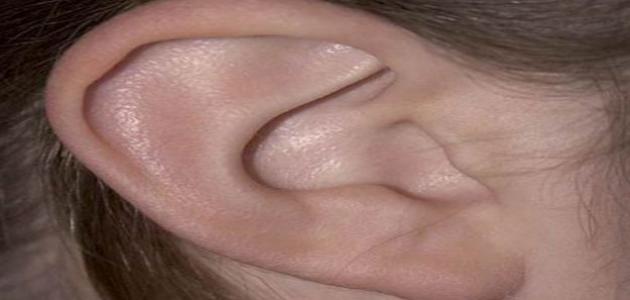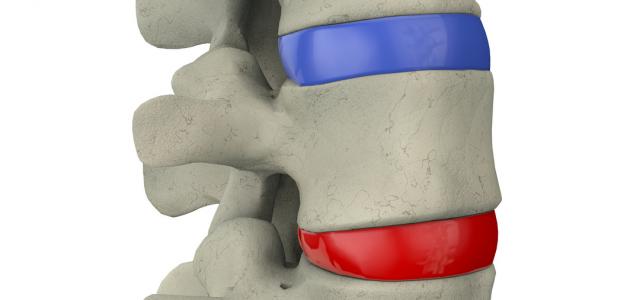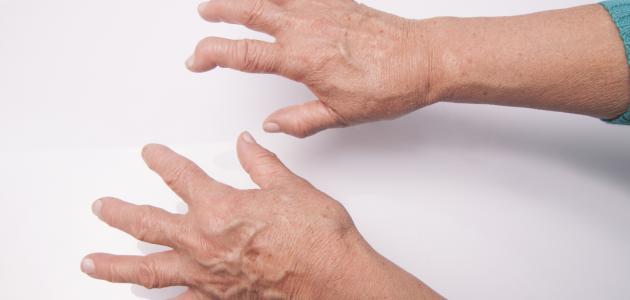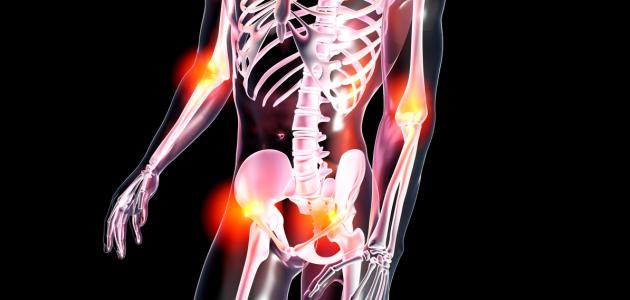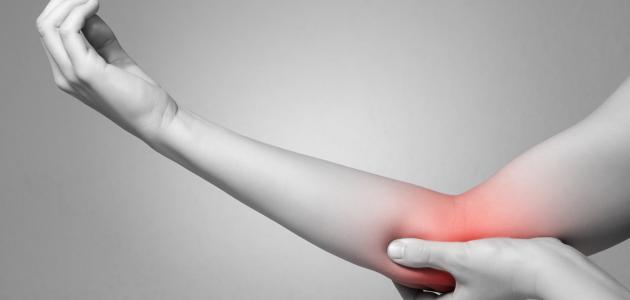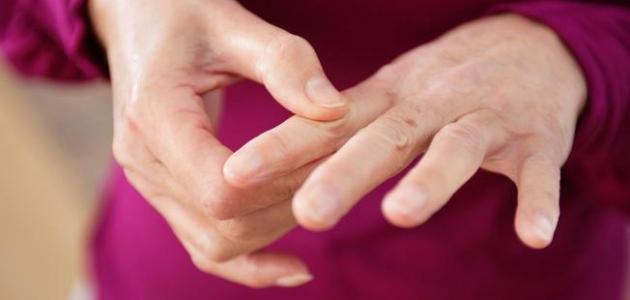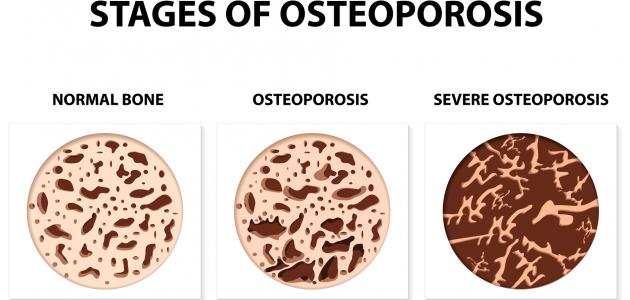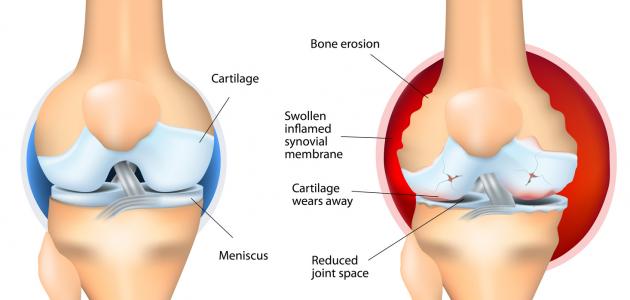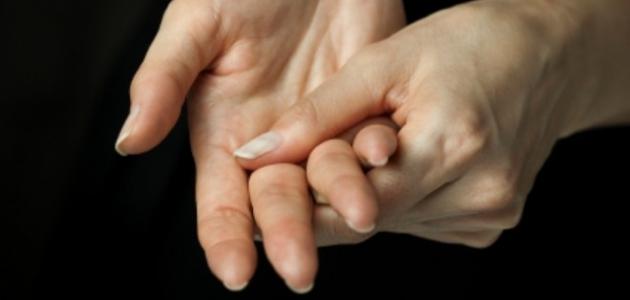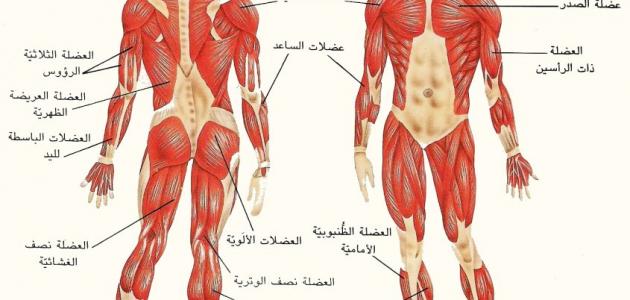Contents
middle ear
The middle ear is known as a cavity located behind the eardrum, where it is connected to the pharynx at the two ends of the Eustachian tube, which is the channel responsible for equalizing the atmospheric pressure on the tympanic membrane, and it contains three bones that contribute to the transmission of vibrations from the eardrum to the inner cochlea, namely: the hammer and the anvil And the passengers, in addition to it balancing the pressure inside the ear with the external air pressure, and in this article we will introduce you to the greatness of the passengers.
Where is the stirrup bone
The stirrup bone is known as a thin bone in the middle ear, and it is small and its function is to transmit vibrations directly to the cochlea, and it is famous for being the smallest bone of the human skeleton, and it is called Stepps in Latin, due to its shape, so the stirrup is part of the saddle that is placed on the back of the horse, in order to stabilize the rider, It is one of the three hearing bones in the middle ear cavity, and its function is to deliver the sound to the anvil, which passes through it to the hammer that connects to the tympanic membrane of the ear, and it stabilizes the other ossicles. Because it communicates with it, in addition to that it delivers the raw material, which is the sound, to it, to help it perform its function, so most of the hearing loss problems occur as a result of the presence of some defect in the stirrup bone, as it may be subjected to calcification, which reduces its movement, and it becomes unable to transfer Sound vibrations to the inner ear, this condition is known as stirrup bone sclerosis.
Stiffening of the stirrup bone
Stirrup bone hardening agents
- A disorder that leads to an abnormal growth in the bones of the middle ear, which becomes spongy, which makes it lose its ability to distinguish sounds or hear.
- Sex, as it affects women more than males.
- Presence of a hereditary factor.
- An imbalance of the fluorine component in the body.
Symptoms of stiffness of the stapes
- Hearing loss, usually appears gradually at ages ranging from 20-40 years, noting that it affects females more than men, and it develops gradually, and in most cases it affects the ears.
- Tinnitus.
- Feeling dizzy or lightheaded.
Methods for diagnosing stirrup bone stiffness
- Otoscopy with a microscope.
- Hearing examination, which usually shows a conductive auditory impairment.
- Layout of the drum.
- Computerized tomography of the ear.
- Magnetic resonance imaging.
- Radiography.
Treatment of stirrup bone stiffness
The treatment is done by surgery, where the operation takes place through the ear canal after anesthetizing the whole body, then removing the stirrup bone, and replacing it with a small prosthetic bone, and it is possible to install amplifying headphones, in addition to treating the main cause, such as treating the problem of fluorosis in the body.
